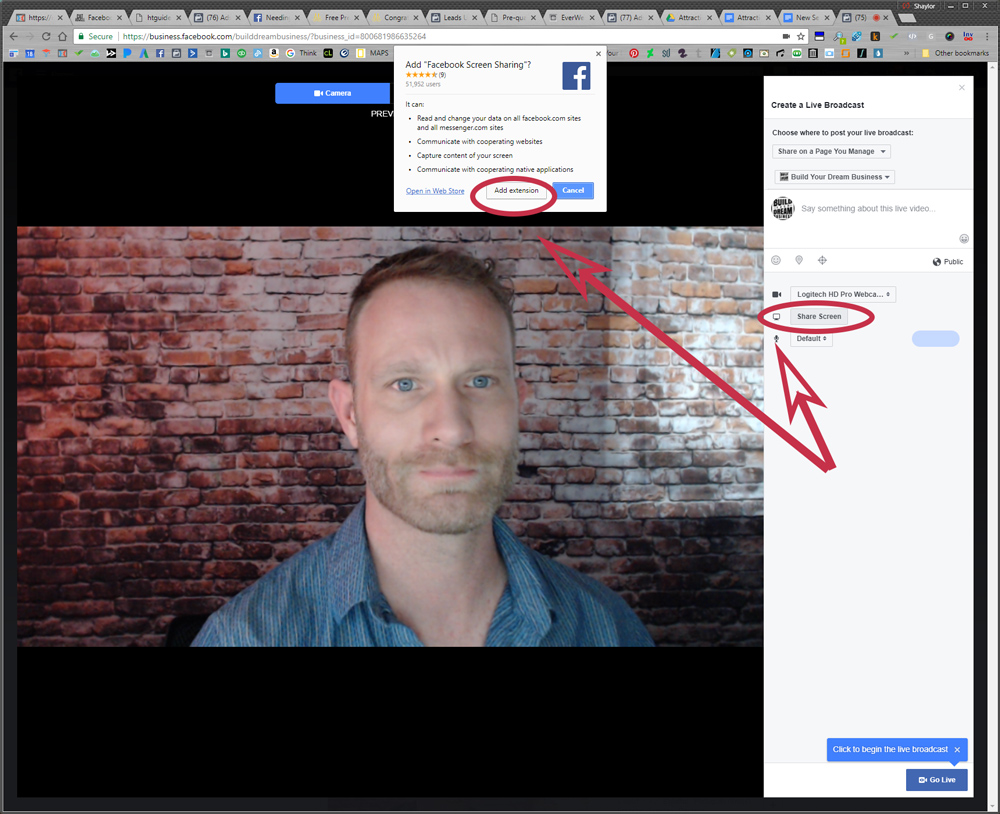When you started a business, you likely had a “purpose” in mind. That’s what motivated you to do what you do. It’s the thought behind your entire business plan. When you first started your business, you likely felt a rush of excitement each day, as you woke to begin preparations for your business.
Now that you’ve been in business a while, do you still feel that rush? Do you still wake up each morning with your “purpose” in mind? Not just your tasks for the day or your motivation (bills must be paid!) in mind. But your purpose.
Probably not. It’s easy to forget.
Your purpose is the bigger picture you’re working towards. If you started a non-profit, that may be to strengthen families or neighborhoods. If you’re a fitness or health consultant, that may be to help others optimize their health as you’ve found a way to optimize yours. Even if you feel like you have a mundane retail business, there’s something in the work that you do that’s close to your heart.
When you align your daily efforts with your purpose, you wake up motivated. (OK, if you’re like me you don’t truly get motivated until that second cup of coffee, but you know what I mean!) You love what you’re doing and you know exactly why you’re doing it.
Tomorrow when you wake up, try these steps:
Think about who you are trying to help and why. If you’re not sure what your purpose is, you may not have a lot of detail on this. It’s ok. Clarity will come the more you do this.
Call up the tools you need to do your day’s work. Focus. Patience. Courage. Flexibility. Whatever it is. If you believe in a higher power, ask that higher power for the tools. Go ahead and ask.
Visualize your purpose. Spend a minute holding a picture in your mind’s eye of what it means to actually work toward your purpose.
Encourage yourself throughout the day. Once you’ve gone through these steps, don’t forget to give yourself a pat on the back. Most people will never see the great efforts you put into the world.
Repeat daily.

